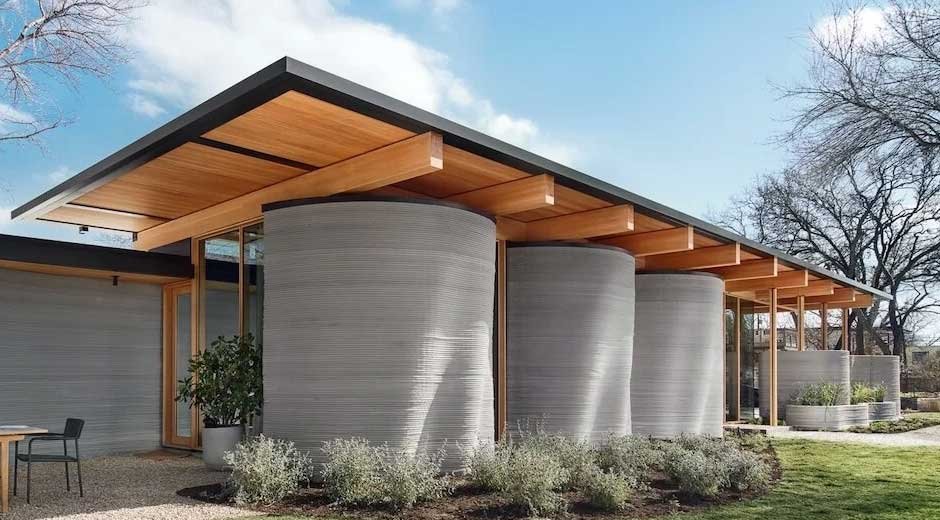Constructing coverings over dwelling places has been part of society since the beginning of humanity. Through the years, roofing materials have evolved drastically. Working to install roofs that are cost efficient, aesthetically pleasing, and environmentally friendly are some of the goals of the roofing industry. Traditional roofing materials such as asphalt are still commonly used, but they require a lot of manual labor and time from making the roofing materials to installing them. Today, 3D printed materials and designs are making their way into the hands of roofing experts, providing numerous benefits. Let’s explore what 3D printed materials are and how they benefit both the customer and roofing companies.
What is 3D Printed Roofing?
As the name suggests, 3D printed roofing involves making three-dimensional roofing materials from a digital design. These designs are printed using sophisticated computer software that gives the printer precise instructions on the dimensions of the roofing materials. While this concept sounds effective, one may wonder what materials can be used in 3D printed roofs. While this concept is still developing and expanding, some of the material options include concrete, various types of strong plastics, and recycled materials.
What are the Benefits of 3D Printed Roofing?
From a design perspective, the most obvious advantage of 3D printed roofing materials is the ability to create unique and sophisticated designs that would otherwise be extremely time consuming or even impossible with traditional roofing methods. These design elements contribute to the look of a house or building, but the designs can also be strategically designed to improve the functionality of roofs. The speed at which these roofing materials can be made also offers a huge advantage to customers and roofing contractors by saving money and time. Installation and transportation of 3D printed materials is typically easier than other roofing materials thus making it an even more efficient product. The future of roofing is looking for more sustainable options, and 3D printed roofs can offer just that. Not only are they durable, but by using recycled materials, they are contributing positively to the environment.
What are the Challenges of 3D Printed Roofing?
With every innovation there are challenges to overcome before an industry experiences widespread adoption. Acquiring the technological materials needed such as the 3D printer can be very expensive for contractors. Not to mention, learning a completely new design and installation process. This requires extensive training for all the workers involved in the roofing process from architects to installers. Lastly, buildings and homes have specific regulations in most parts of the world. These regulations will have to change to include the specifications for this new type of roofing material and design to ensure safety for those occupying the dwelling places.
Final Thoughts
While there may be challenges to navigate, it is evident that 3D printed roofs are part of the future of roofing. This concept will continue to develop and improve, offering many benefits to the roofing industry and consumers. Roofing companies will begin to embrace the possibilities of this innovation and continue to produce quality, efficient, and distinctive designs.










